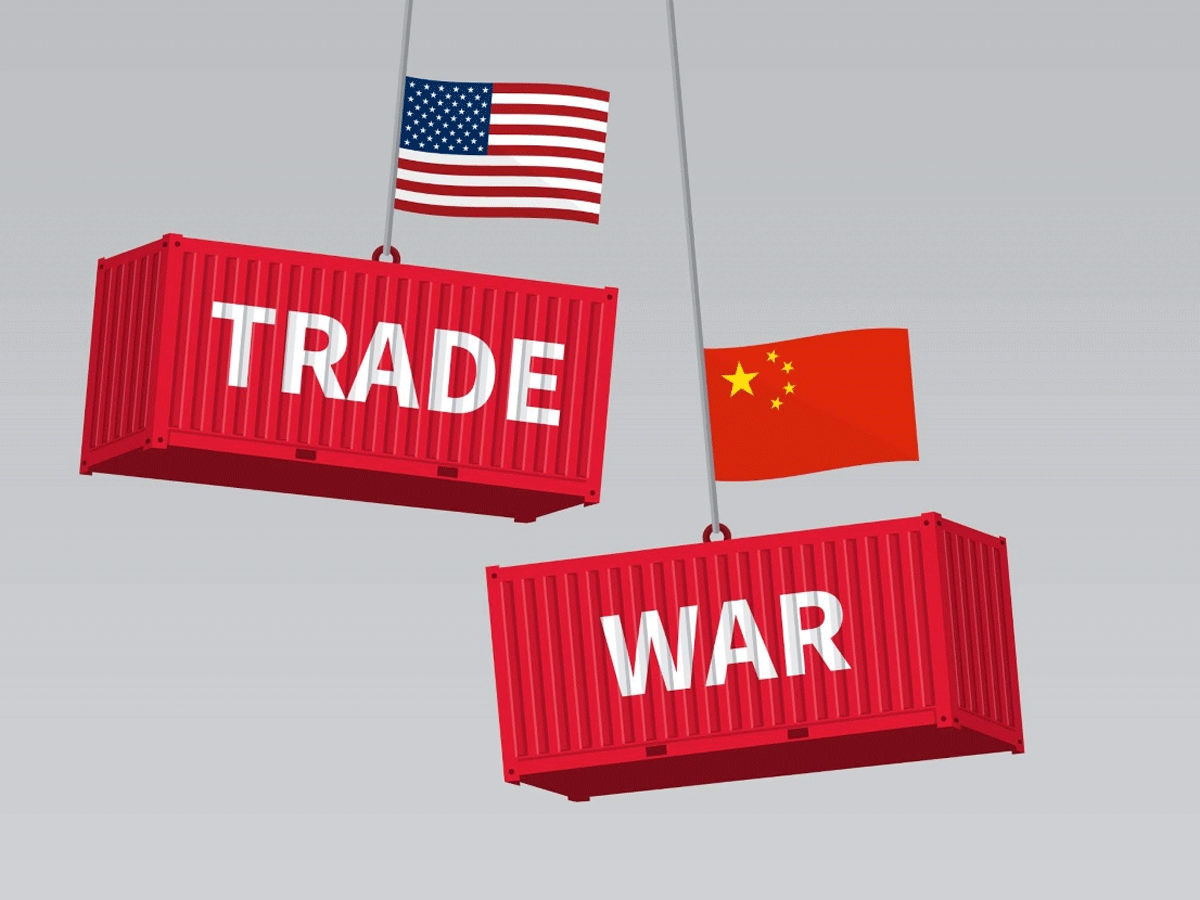India’s ambition to replace China as the world’s factory has hit a roadblock following the US-China trade reset, which saw Trump-era tariffs on Chinese goods drop from 145% to 30%. This dramatic reduction—just slightly above India’s 27% tariff rate—could slow the relocation of manufacturing investment from China to India, warns Ajay Srivastava of the Global Trade Research Institute (GTRI). While low-cost assembly lines may survive, India’s push for higher-value manufacturing is now at risk.
The timing is particularly challenging, coming just weeks after Apple signaled plans to shift iPhone production for the US market from China to India. Despite President Trump’s public criticism of India’s high tariffs, analysts like Capital Economics’ Shilan Shah believe India remains well-positioned as an alternative supplier—40% of its US exports overlap with China’s. Early signs were promising, with Indian export orders hitting a 14-year high and sectors like electronics and textiles benefiting from trade diversion.
However, structural hurdles remain. India’s manufacturing sector has stagnated at 15% of GDP for two decades, hampered by complex regulations and reliance on Chinese components—even for products like iPhones assembled locally. While trade deals with the UK and potential US agreements offer hope, experts warn India must accelerate reforms. “Without easing business costs, improving logistics, and developing domestic supply chains, India risks losing out to competitors like Vietnam,” cautioned Nomura economists. The US-China détente may be temporary, but India’s window to capitalize on supply chain shifts is narrowing.





